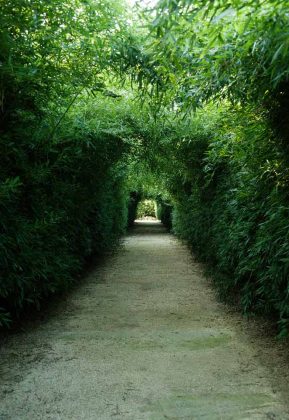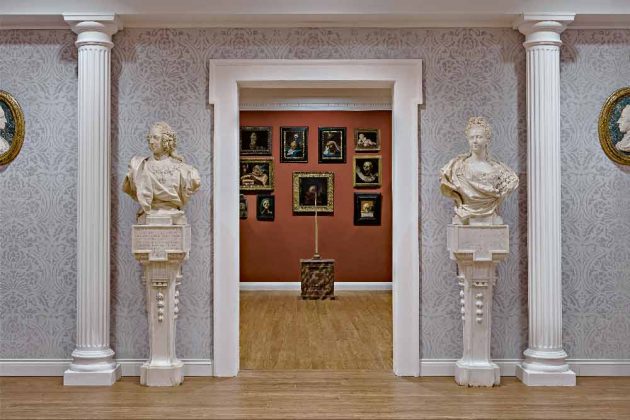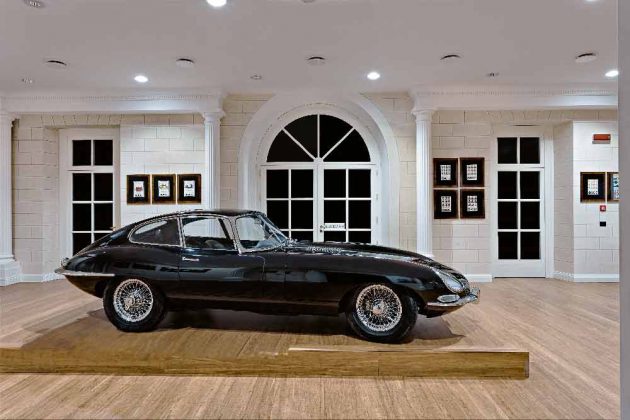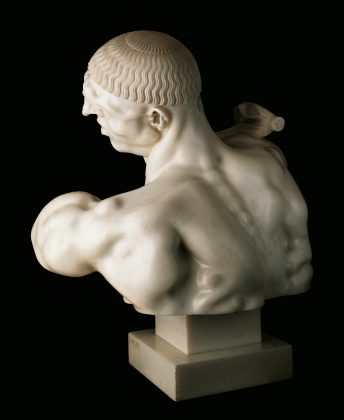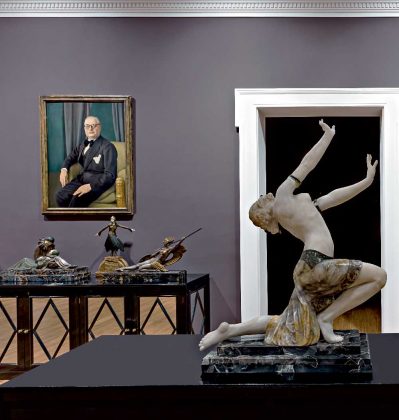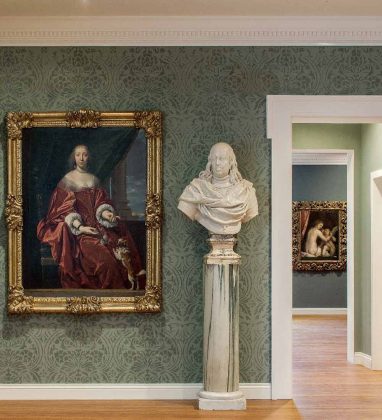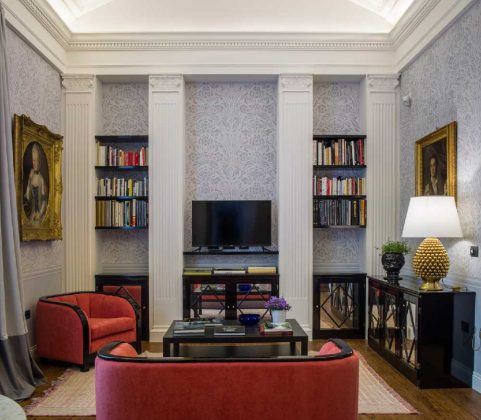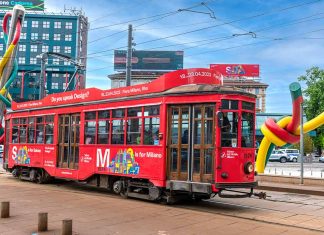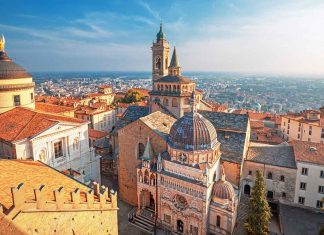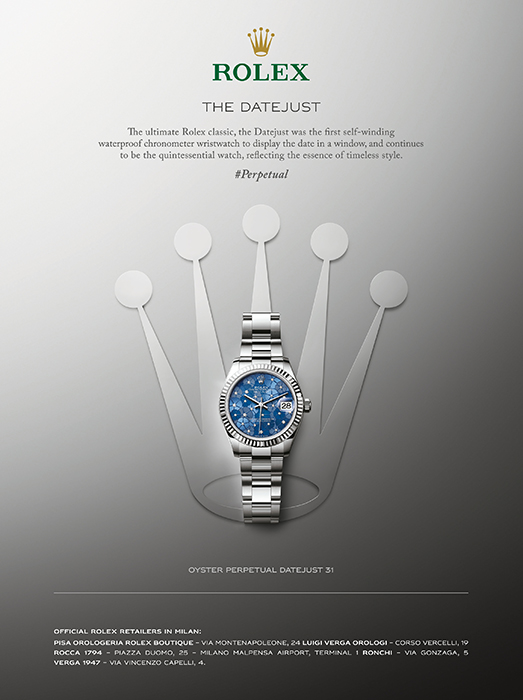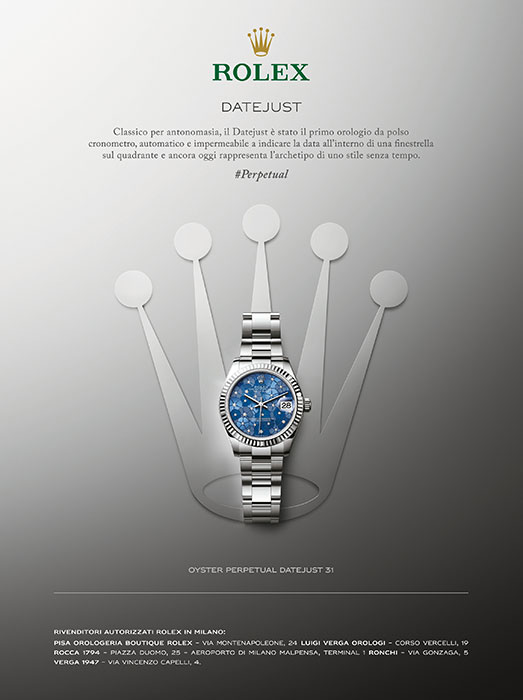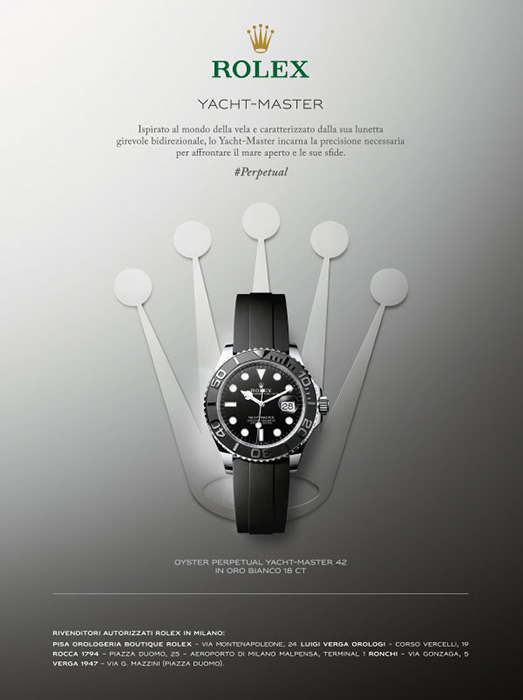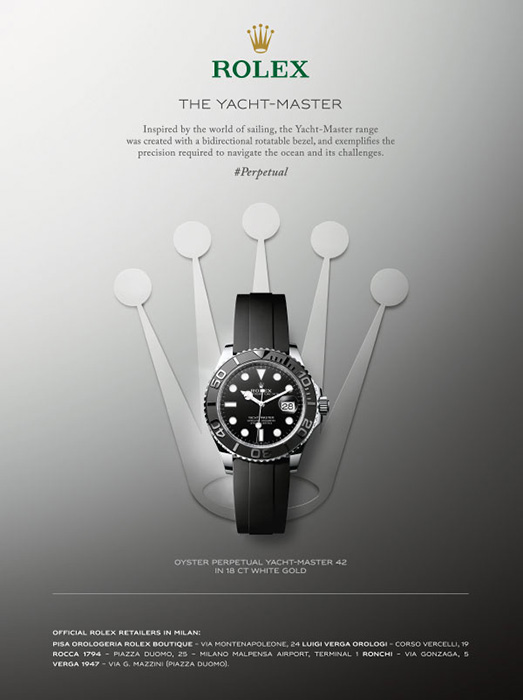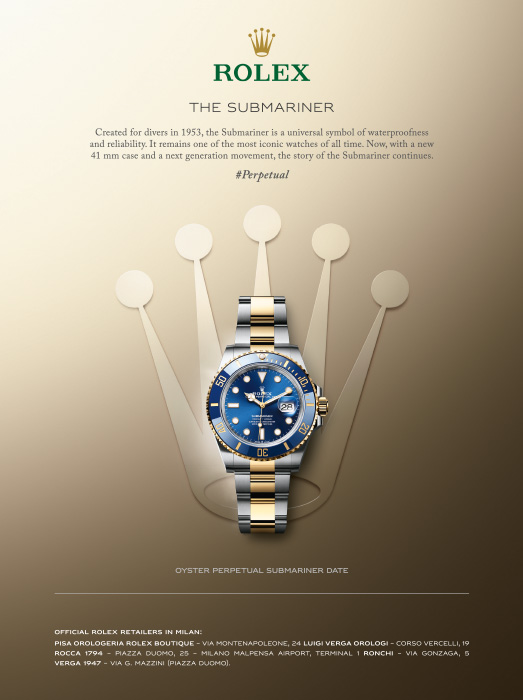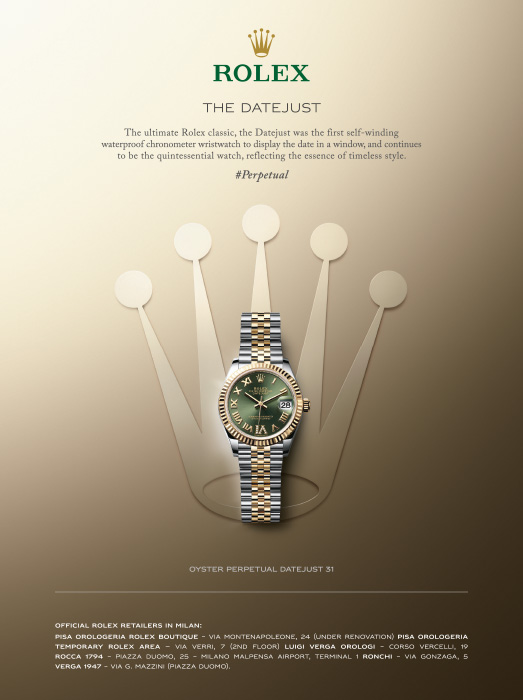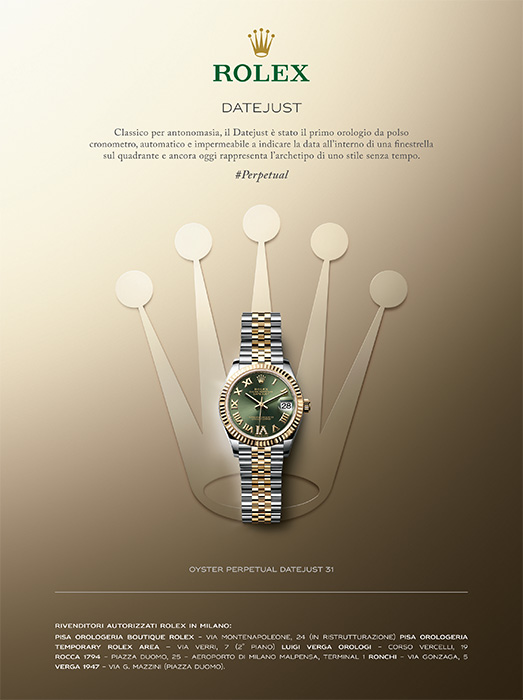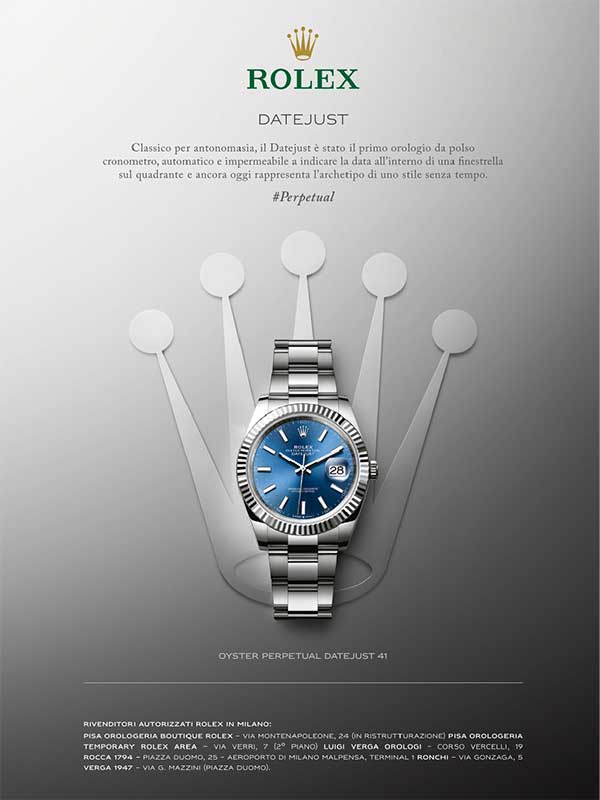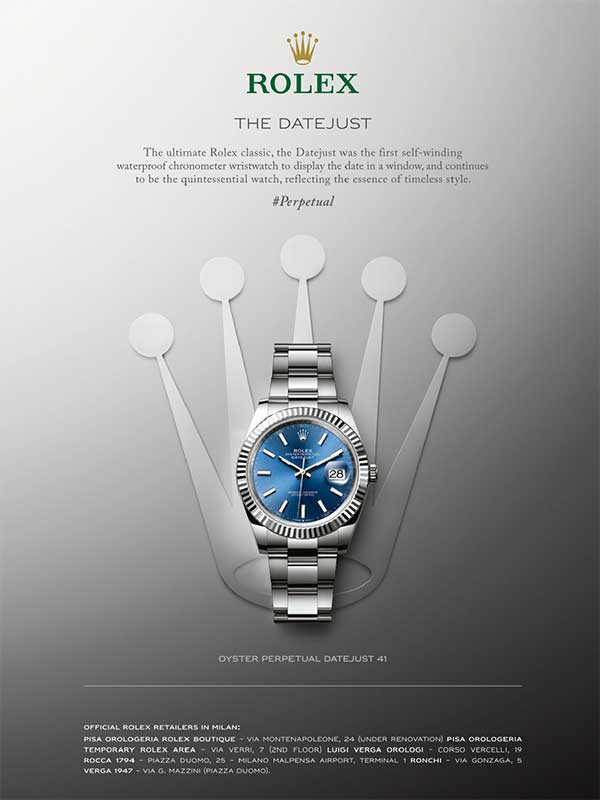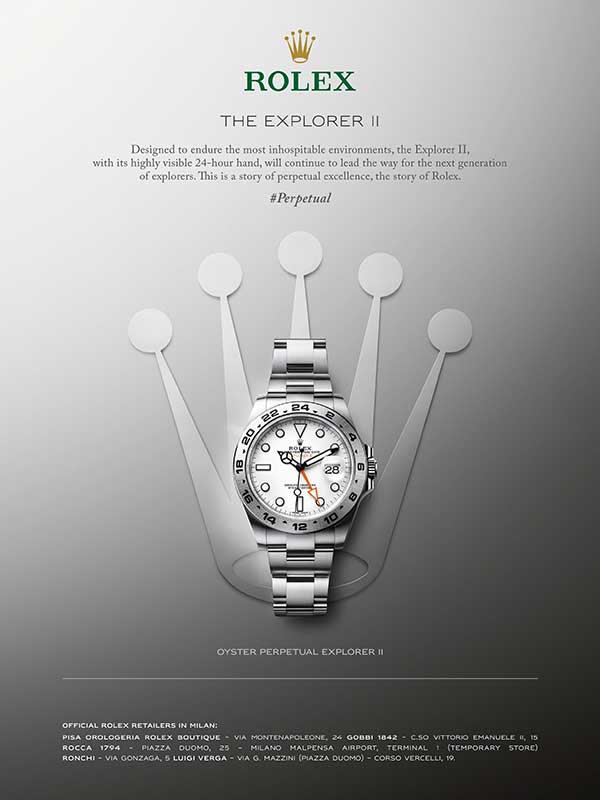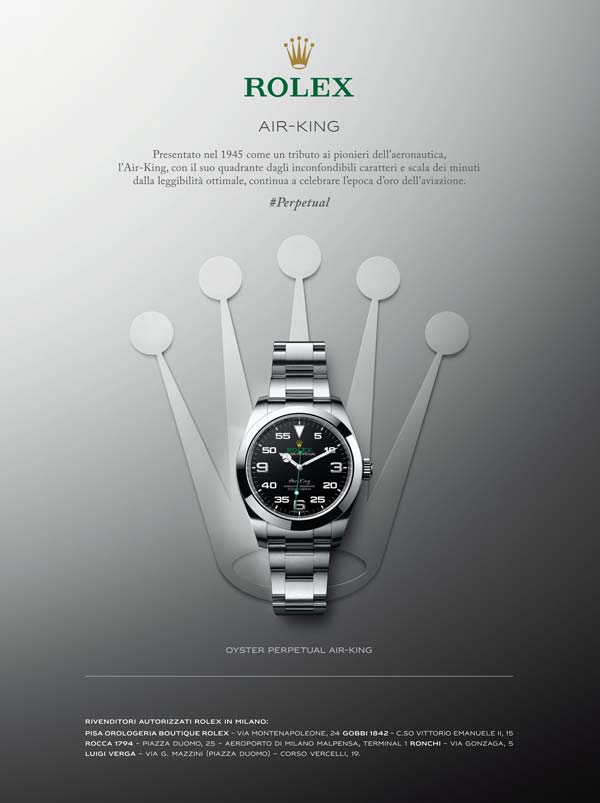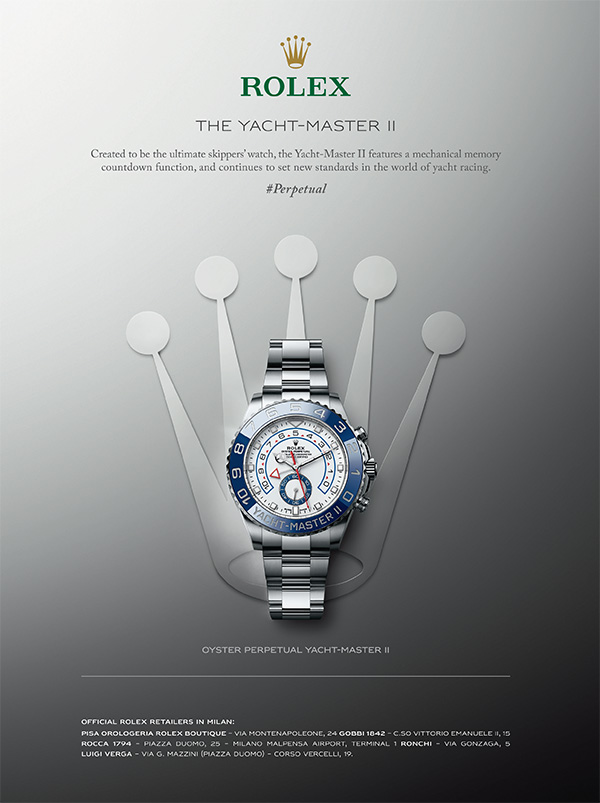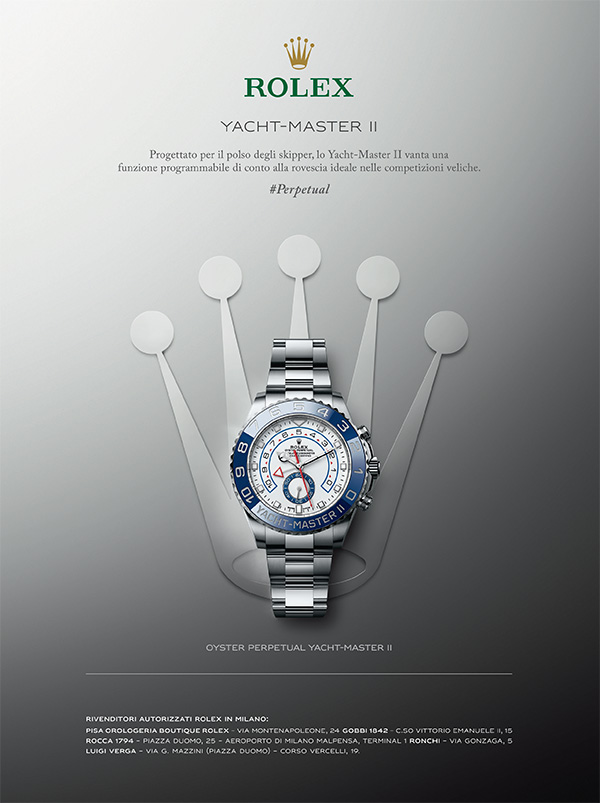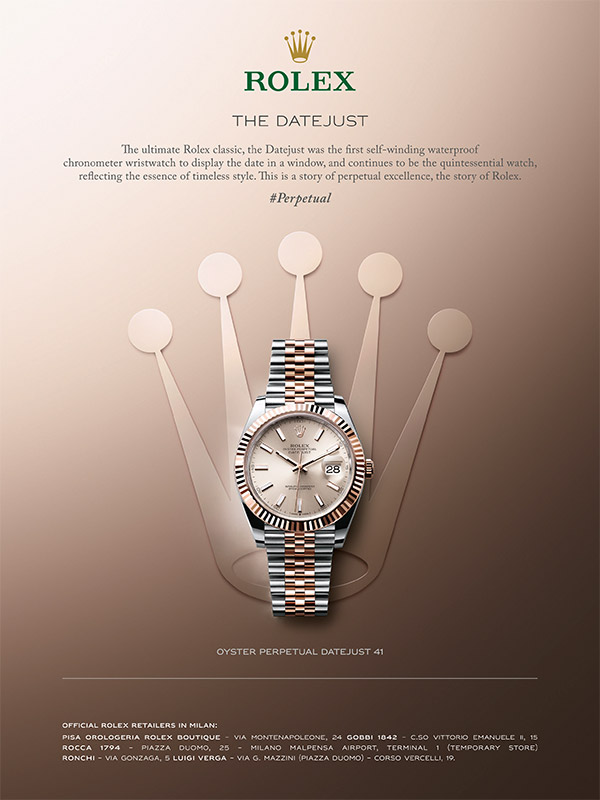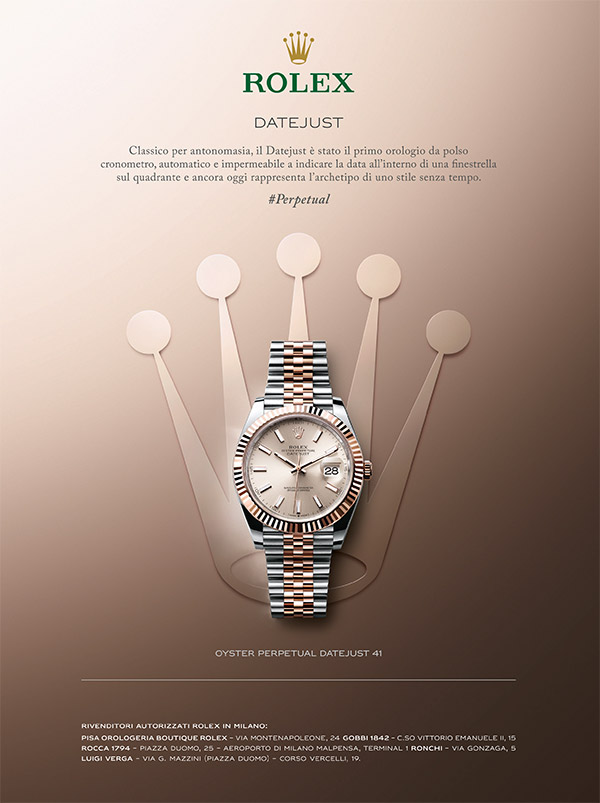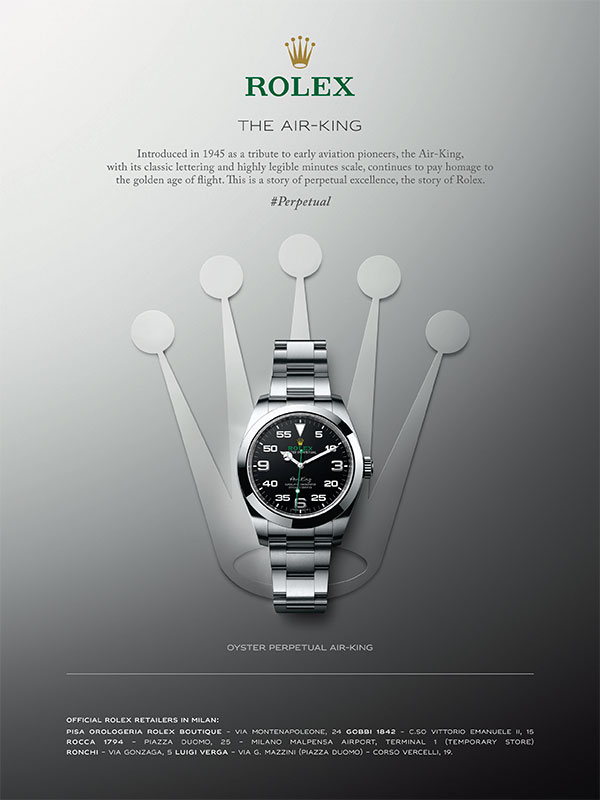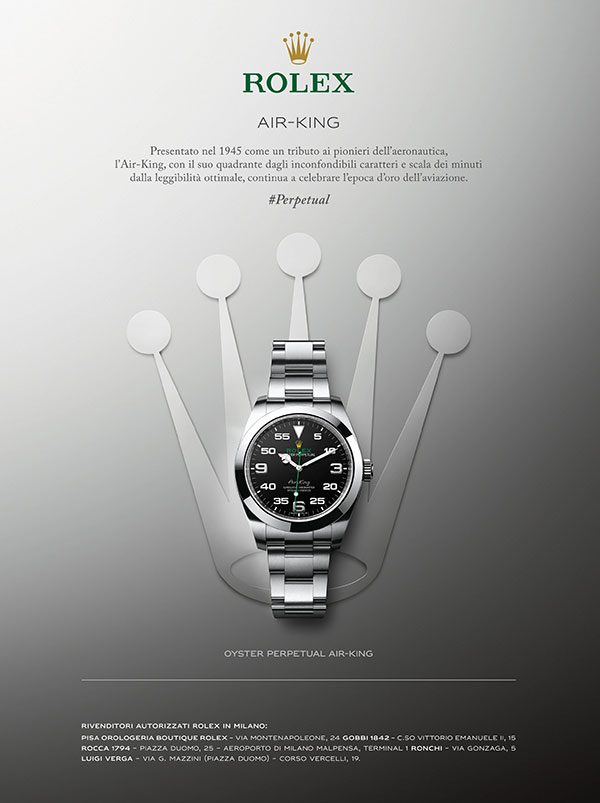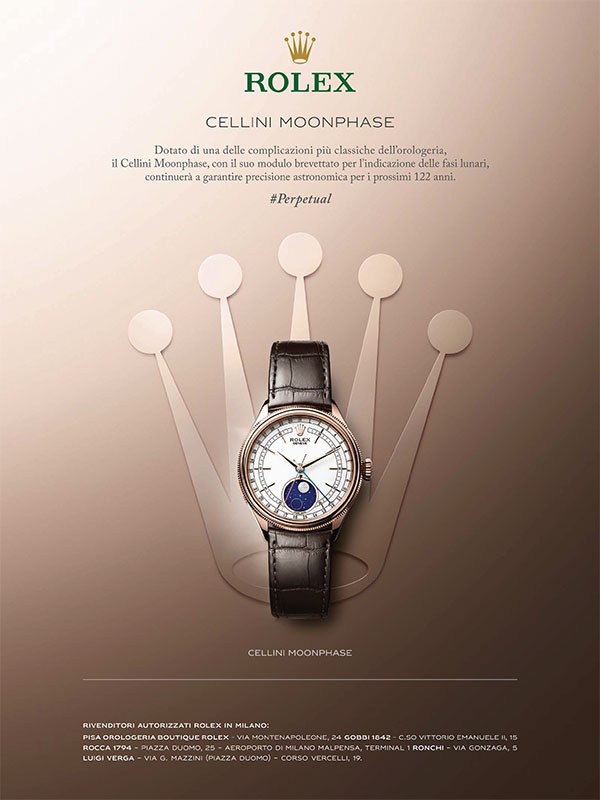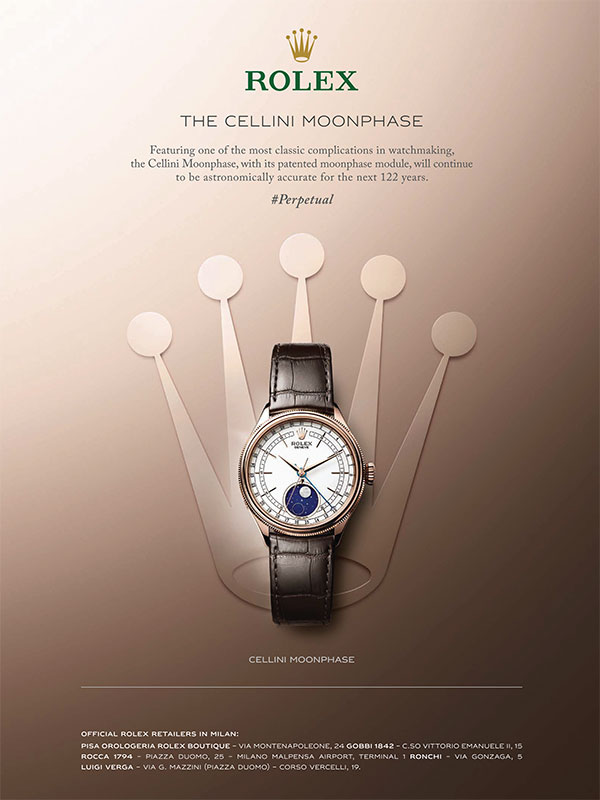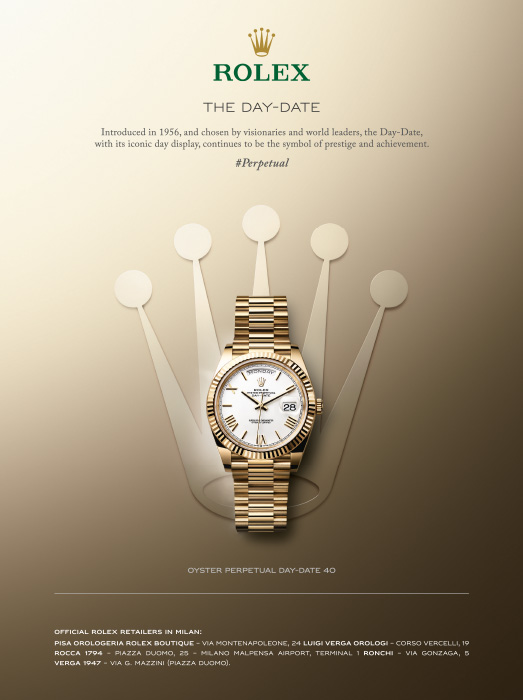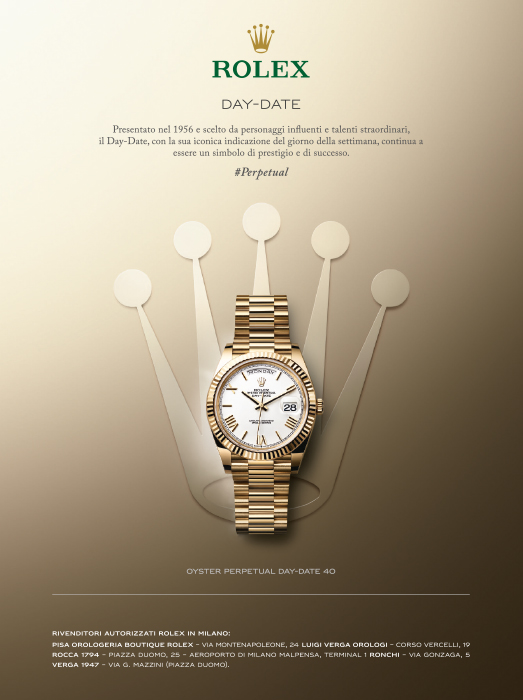www.labirintodifrancomariaricci.it
T: +39 0521 827081
Open daily 10.30am-7pm (closed on Tuesday)
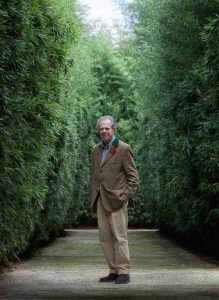
The Labirinto della Masone is a cultural park designed by Italian publisher, designer and collector Franco Maria Ricci on his country estate in Fontanellato, near Parma. A tourist destination that is about 1.5 hours’ drive from Milan and can be visited every day of the year (except Tuesdays). To visit both the bamboo labyrinth and the museum with its temporary exhibitions, allow at least a couple of hours, considering that there is also a cafeteria, a restaurant and a gastronomic area with local products.
AN ELEGANT AND SEDUCTIVE MAZE
The Labirinto della Masone is the result of a long elaboration project that Franco Maria Ricci carried out for years together with architects Pier Carlo Bontempi and Davide Dutto, who are passionate about classical forms and visionary architecture.
Made entirely from bamboo plants – there are over 200,000 of them, of 20 different species! – this work covers an area of eight hectares. The original architecture of the entire project is truly unique because it is inspired by the shape of the Roman labyrinth, with right angles and divided into districts, where forks and dead ends have been added here and there. The perimeter is star-shaped, a reference to Filarete’s “Treatise on Architecture”, a shape also found in Sabbioneta (a delightful 16th-century “Ideal City” designed by Vespasiano Gonzaga near Mantua) and Palmanova in Friuli. At the centre of the labyrinth is a pyramid-shaped chapel, an enormous square surrounded by porticoes and large halls for concerts, parties and exhibitions.
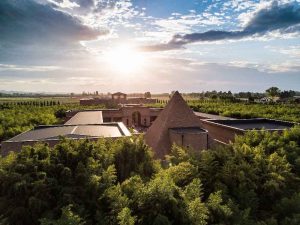
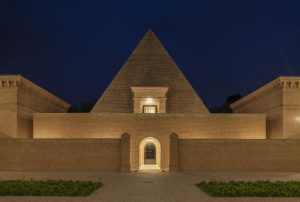
A PLACE OF CULTURE
The Masone complex also includes cultural spaces such as Franco Maria Ricci’s vast art collection, which includes 400 works of painting, sculpture and objets d’art from the 16th to the 20th century. In addition to the permanent collection, the museum hosts temporary exhibitions and a unique library containing volumes printed by the 18th-century Italian typographer Giambattista Bodoni. The Bookshop has become a point of reference for collectors and fans of classic publishing.




